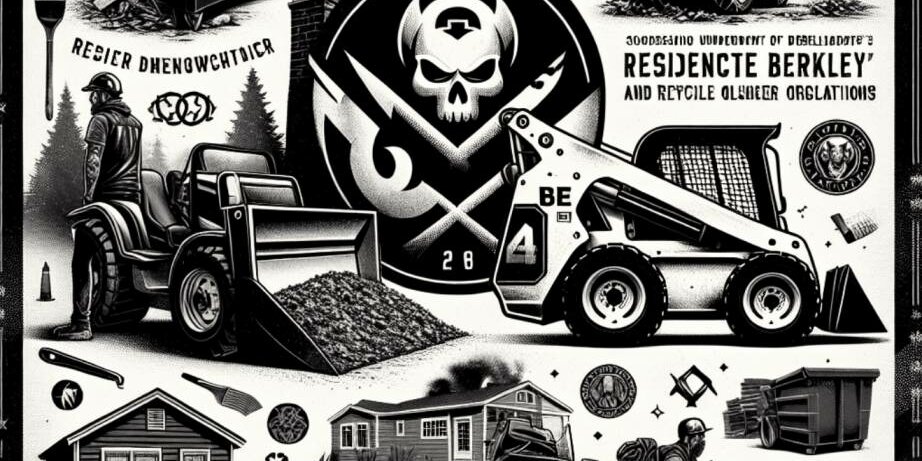Dumpster Rental Cost Breakdown for First-Time Users
Renting a dumpster for the first time can feel daunting, particularly when it comes to understanding how the costs add up. The good news is that pricing generally boils down to a few clear factors. Below is a concise overview to help you budget confidently:
- Dumpster Size
The larger the dumpster, the higher the rental cost. Common sizes include 10-yard, 20-yard, 30-yard, and 40-yard containers. Choose the smallest size that reasonably fits your project needs—paying for extra capacity you won’t use can increase costs unnecessarily. - Debris Type & Weight
Certain materials (like heavy debris from concrete or roofing) cost more to dispose of due to landfill fees. Dumpster rental companies often charge by weight limit, so double-check if “flat-rate” pricing includes a set tonnage. Exceeding that limit can lead to overage charges. - Rental Duration
Most companies offer a base rental period (often 7 days). If you need extra time, expect a daily or weekly fee. Try to schedule your project so you can fill the dumpster within the standard rental window. - Location & Local Fees
Rates vary by region, influenced by distance to the nearest landfill or transfer station. Some municipalities also charge permit fees for placing dumpsters on public property—factor these local rules into your budget. - Additional Services & Hidden Fees
Some rentals include delivery and pickup, while others charge separately. Be mindful of surcharges like fuel costs or environmental fees. Always request an itemized estimate to avoid surprises.
Key Takeaways:
- Right-size your dumpster to avoid overpaying for unused space.
- Know your debris type and weight limits to sidestep overage fees.
- Plan your rental timeline efficiently to minimize extended rental rates.
- Ask about any local permit requirements or service fees ahead of time.
By focusing on these cost drivers, first-time renters can better estimate their total expenses and choose a rental plan that aligns with both their project scope and budget.
Common Mistakes to Avoid as a First-Time Renter
If you’re new to the world of dumpster rentals, steer clear of these rookie errors:
- Choosing the wrong size dumpster: Misjudging your waste volume can lead to unnecessary costs.
- Ignoring weight limits: Dumpsters may seem bottomless, but exceeding weight allowances gets expensive fast.
- Overlooking fee structures: Don’t be caught off guard by hidden charges. Ask questions upfront. Some good questions are “How much weight am I allowed to put in the dumpster?” “How much does it cost if I go over weight?” “What if my waste exceeds the height of the dumpster?”
- Neglecting permits: Failing to secure permixts for street placement could result in fines and delays.
How to Get Started with a Dumpster Rental
Ready to dive in? Here’s a quick checklist to ensure a smooth process:
1. Research and Compare Providers
Reputation matters. Look for companies with good reviews and transparent pricing to guarantee value for your money.
2. Request an Accurate Quote
Ask for detailed, itemized quotes so you can assess all potential costs — from delivery fees to disposal rates.
3. Understand the Terms and Conditions
Review rental agreements carefully to avoid misunderstandings about weight limits, rental periods, and additional charges.
4. Prepare for Delivery
Ensure the designated drop-off site is accessible, clear of obstacles, and can handle the weight of a loaded dumpster (e.g., driveways should be assessed for durability).
Conclusion
Dumpster rental costs don’t have to be a mystery. By understanding how factors like dumpster size, rental length, and waste type impact pricing, you can plan your project with confidence and avoid hidden fees. Most importantly, research and preparation are your best allies in tackling any job efficiently and affordably.
Need help with disposal, hauling, or dumpster rental? Get a free quote from Sons of Odin Hauling today!







